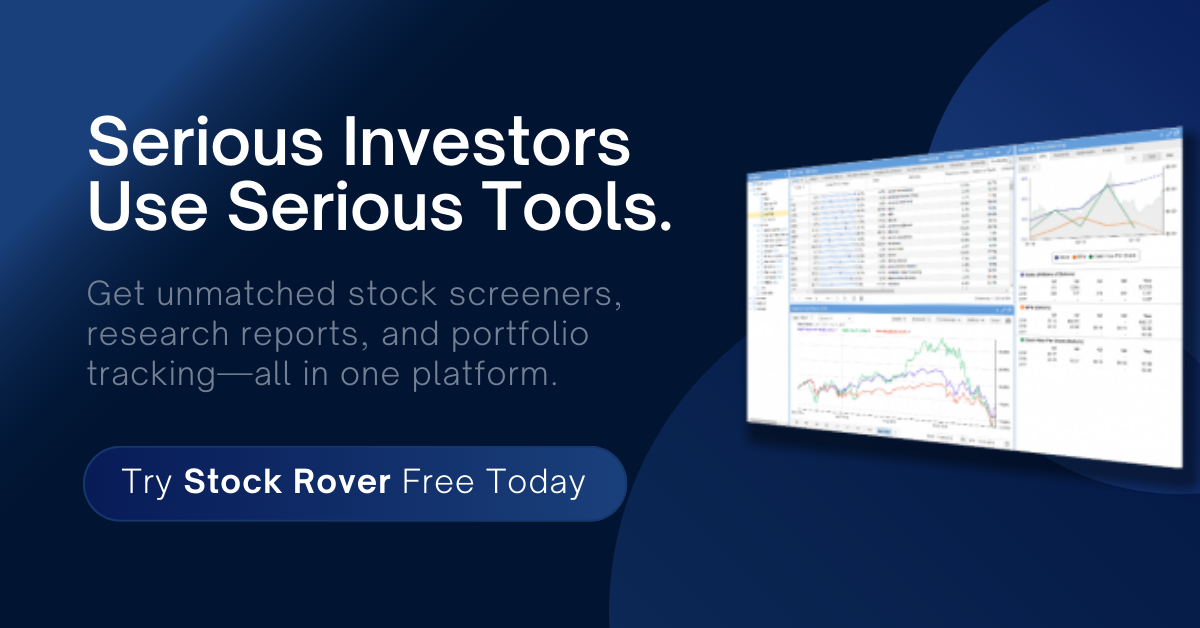
Gold has done the unthinkable.
In early October 2025, it broke through $4,000 per ounce for the first time in history, a level that even bullish forecasts a year ago failed to anticipate. The metal has now outperformed the S&P 500, bonds, and even Bitcoin year-to-date, surging more than 50% since January according to Reuters and Investor’s Business Daily.
(Reuters – Gold vaults over $4,000 as investors rush to safety)
But this time, the story isn’t just about retail investors piling into the shiny metal. It’s about central banks and sovereign funds, the traditional pillars of the global financial system, shedding U.S. Treasuries and replacing them with gold.
This is a fundamental redefinition of what the world considers safe.
Gold at $4,000: A Price Point with Meaning
For decades, gold served as a hedge, a sidecar to a world dominated by dollar assets. But with the metal now commanding over $4,000 per ounce, it’s no longer a hedge. It’s a vote of no confidence in fiat promises.
Gold’s latest rally stems from several overlapping forces:
- Expectations of Fed rate cuts: Markets are betting that the Federal Reserve will begin easing monetary policy after inflation cools and growth weakens. Lower yields erode the appeal of Treasuries while amplifying gold’s relative value. (Reuters)
- A weakening dollar: The U.S. dollar index has fallen roughly 8% in 2025, making gold cheaper for international buyers.
- Institutional accumulation: Central banks, led by China, India, Turkey, and Russia, have been buying gold at the fastest pace in over 50 years, adding hundreds of tons to reserves. (Equiti.com – The Global Gold Rush)
- Risk hedging: Geopolitical uncertainty, conflicts, and the U.S. fiscal deficit north of $2 trillion have investors seeking safety outside the dollar system.
In the past, this rush would have gone into Treasuries. Today, it’s heading for vaults.
U.S. Treasuries Under Strain: The Reserve Exodus
Foreign holdings of U.S. Treasuries have been quietly shrinking for years, but in 2025 the decline became unmistakable.
According to Reuters, foreign central bank custody holdings at the Federal Reserve fell by $130 billion in two months, to about $2.78 trillion (the lowest since 2012).
(Reuters – Global reserves fall as central banks sell Treasuries)
Meanwhile, data from Visual Capitalist shows that for the first time since 1996, central banks now hold more gold (by value) than U.S. Treasuries.
(Visual Capitalist – Central Banks Now Hold More Gold Than Treasuries)
Why the sudden shift?
Treasuries still offer liquidity and yield, but they come with counterparty and political risk. Gold, on the other hand, cannot be frozen, sanctioned, or defaulted on. In a multipolar world where financial sanctions are used as policy weapons, that attribute has become priceless.
Why Gold Is Winning the Safe-Haven Battle
The rise of gold is not just a reflection of fear, it’s a rational re-pricing of safety itself.
- Sanction-proof wealth:
After seeing Russia’s reserves frozen in 2022, many nations realized that “risk-free” U.S. assets were not politics-free. Gold offers sovereignty, a store of value immune to the Western financial system’s reach. - Portfolio diversification and correlation benefits:
Gold remains negatively correlated with equities and Treasuries in stress periods. That gives institutional investors a mathematical reason to increase exposure, not just an emotional one. - Scarcity premium:
Global mine output has grown less than 1% annually over the past decade, while demand from central banks alone now consumes more than 25% of annual global production. ([World Gold Council, 2025 data]) - Psychological anchor:
Gold’s rise has become self-reinforcing. As major economies reclassify it as a core reserve asset, its floor strengthens and speculative volatility diminishes.
The Other Side of the Trade: Risks of Overreach
Every “safe haven” can become unsafe when crowded. Gold is no exception.
- No yield: Unlike Treasuries, gold pays no interest. If the Fed surprises with higher rates later, opportunity costs will rise.
- Volatility: Gold’s drawdowns can reach 15% or more, especially when risk-on sentiment returns.
- Speculative excess: ETF inflows, leverage, and media hype can temporarily push prices beyond fundamentals.
- Storage and liquidity frictions: Physical gold comes with insurance and vaulting costs, while paper gold (ETFs, futures) carries counterparty exposure.
In short, gold is not infallible . It’s just “less flawed” than the alternatives in today’s environment.
Investor Implications: Redefining Safety in Portfolios
If Treasuries are no longer the uncontested safe haven, where should prudent investors turn?
A few practical takeaways:
- Replace part, not all: Gold should complement, not replace, fixed income.
- Start small and scale: Begin with 5–10% of your portfolio in gold or gold proxies. Add on pullbacks rather than chasing price spikes.
- Use diversified vehicles: Combine physical gold (bars or allocated vaults) with liquid ETFs like GLD or IAU for flexibility. I like GLDM, because of lower expense ratio.
- Leverage selectively: Gold miners and royalty firms can amplify exposure but carry operational and equity risks.
The key is to approach gold with the same discipline you apply to equities: value, margin of safety, and long-term compounding.
System in Transition
The move into gold isn’t just an investing trend, it’s a macro signal.
As global debt nears $338 trillion and U.S. deficits remain entrenched, the market is questioning whether Treasury paper can remain the anchor of global reserves. Gold’s $4,000 milestone is the market’s answer: “Not indefinitely.”
De-dollarization is about diversification. Central banks are not shorting America; they’re hedging it. But for investors, the message is unmistakable:
The world’s definition of “risk-free” is changing, and those who don’t adapt will be the last to realize it.

Shailesh Kumar, MBA is the founder of Astute Investor’s Calculus, where he shares high-conviction small-cap value ideas, stock reports, and investing strategies.
His work has been featured in the New York Times and profiled on Wikipedia. He previously ran Value Stock Guide, one of the earliest value investing platforms online.
Subscribe to the Inner Circle to access premium stock reports and strategy insights.
Featured in:








